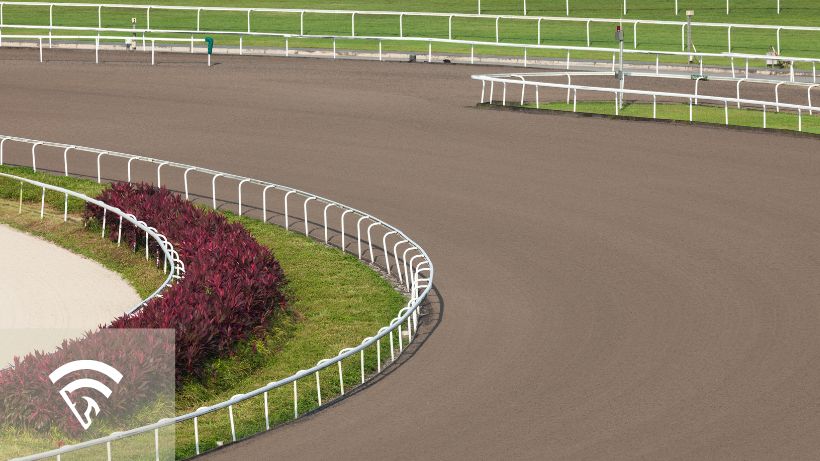What is an All-Weather Track in Horse Racing?
An all-weather track in horse racing is a synthetic or hybrid racing surface designed to provide consistent footing and better resilience against adverse weather conditions. Unlike traditional dirt or turf tracks that can become muddy, sloppy, or excessively firm, all-weather surfaces typically incorporate materials like sand, fibers, rubber, and wax, maintaining more uniform performance characteristics year-round. These tracks are especially popular in regions with frequent rainfall or temperature fluctuations, as they aim to reduce race cancellations and provide safer, more predictable racing conditions.
Why Are All-Weather Tracks Important?
-
Consistency and Reliability
- All-weather surfaces are engineered to drain water efficiently, preventing heavy saturation and minimizing cancellations due to rain or snow.
- Bettors, trainers, and jockeys can rely on more stable conditions, promoting fairness and reducing unpredictable track biases.
-
Safety and Injury Prevention
- Uniform footing can help lower the risk of musculoskeletal injuries, as horses encounter fewer extreme variations in track depth or firmness.
- All-weather tracks are often favored for training, letting horses maintain steady conditioning schedules despite inclement weather.
-
Extended Racing Seasons
- Tracks with all-weather surfaces can hold meets or host race cards later into the year or begin earlier in spring, boosting local racing opportunities and revenue.
-
Global Appeal
- While still less prevalent than dirt or turf in some racing nations, all-weather tracks have gained traction in the U.K., parts of Europe, and the U.S., fostering an international network of synthetic racing venues.
Common Types of All-Weather Surfaces
-
Polytrack
- A mixture of silica sand, recycled fibers, and wax. Known for its even, cushiony texture, though it may require consistent maintenance and harrowing.
-
Tapeta
- Developed by trainer Michael Dickinson, Tapeta incorporates sand, fiber, and a wax binder. Praised for reliable drainage and shock absorption.
-
Pro-Ride / Cushion Track
- Other proprietary blends focusing on stability, consistent bounce, and lower dust levels.
-
Fibresand
- Combines sand with elastic fibers to maintain uniform moisture distribution, used particularly in colder climates.
Tips for Handicapping All-Weather Races
-
Evaluate Form on Similar Surfaces
- Horses excelling on one synthetic track may adapt well to another, but differences among materials can still alter performance.
-
Check Trainer Patterns
- Some trainers specialize in conditioning horses for synthetic surfaces, adjusting workout regimens to help them thrive.
-
Assess Running Styles
- All-weather tracks can favor certain styles (e.g., front-running vs. closing) depending on how well the surface retains moisture or compacts under traffic.
-
Account for Weather Impact
- Although designed for resilience, extreme heat or cold can affect how the surface responds (e.g., becoming waxy or firmer).
All-weather racing offers a unique twist on conventional dirt and turf events, blending year-round reliability with reduced volatility in track conditions. While EquinEdge focuses on AI-driven handicapping—evaluating speed figures, pace scenarios, and real-time odds—understanding how synthetic surfaces influence performance can bolster your edge when wagering on these consistently maintained tracks. Sign up with EquinEdge to get started.
